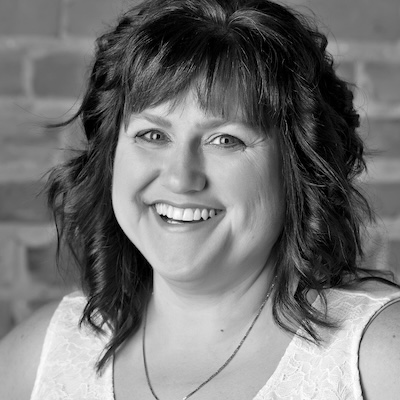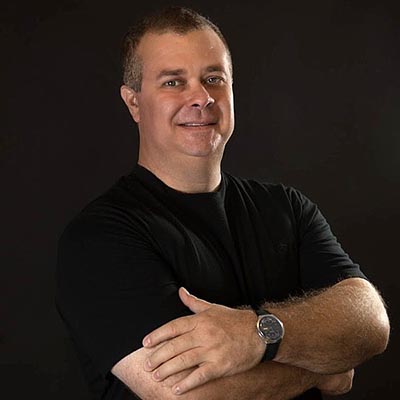Do I Want FULL CODE or a NO CODE?
When is the appropriate time to make the change from being “full code” to being “no code”? Full code means that when your heart stops, and you have died, medical professionals or paramedics will do everything medically possible to try and restart your heart. No code means that if your heart stops, medical professionals or paramedics will NOT try to restart your heart. They will let a person stay dead. They will not intervene and try to bring them back.
This sounds very harsh so let’s explore this idea further. We are conditioned to think that a call to 911 can help us no matter what the emergency is and to think that the doctors will always be able to “fix” me.
Because everyone dies, whether or not we want to admit it, there will come a point when the medical system will “fail” us. It will be our time to die. When the doctors have said, “I can’t fix you” it is time to reconsider what medicine can do for us.
Medicine and medical technology can prolong our life but not indefinitely and it is generally at the expense of our quality of living. Or we can reframe how we think of medicine, using it as a tool to provide comfort, dignity and support as our final life experience unfolds.
If I stuck my finger in a light socket and my heart stopped, I would want you to call 911. The paramedics could probably restart my heart and I would return to my normal life and activities.
If my body is filled with a disease that the doctors have said they cannot fix, my heart stops, and I do not have a No Code order or DNR, DNAR form completed and signed by a physician, the paramedics or doctors are bound by their profession to try to start my heart again. And they may succeed BUT in most cases I will not be as able as I was before my heart stopped. My disease will still be non-fixable. I will die again in a short time.
And in that short time there will be continued decline of my body, continued progression of the disease, the pain will remain and there may be increased pain from fractured bones due to the resuscitation efforts.
Life will have less quality. What is quality? Is it heart beating, lungs exchanging air, kidneys working all with the help of machines, quality? OR is quality thinking, feeling and interacting? Something to think about.
Something More About… Do I Want FULL CODE or a NO CODE?
Pages 12-15 of BY YOUR SIDE, A Guide for Caring for the Dying at Home, covers end of life decisions that need to be made before they are needed. POLST, Advance Directives, DNR, DNAR and Durable Power of Attorney information is laid out clear ways.
Originally Published on https://bkbooks.com/blogs/something-to-think-about


























Already a Member? Login Here.
Not Yet a Member? Join the Conversation Today!